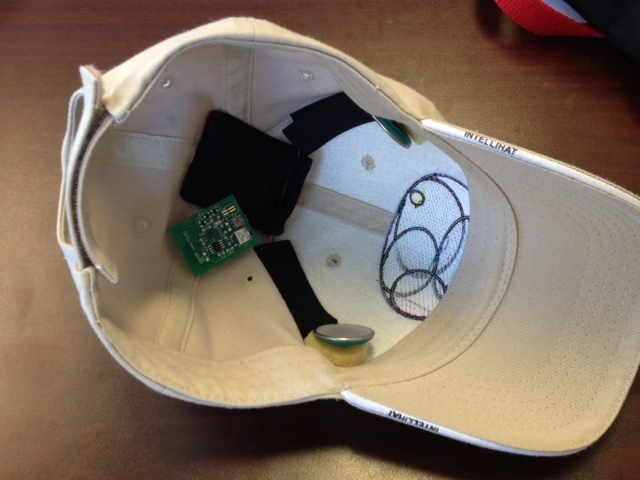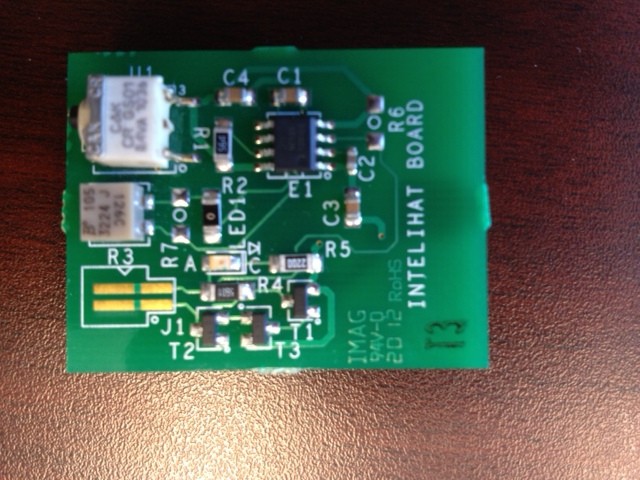The scientists also used “transcranial direct current stimulation,” in which an electrode is attached to the scalp, sending low electrical currents that activate neurons directly underneath. Electrodes were positioned over the dlPFC (or, for a control group, over an unrelated brain region) and turned on or off during the repetitive task. (Importantly, subjects typically couldn’t detect the current.)
The result? Stimulating the dlPFC increased the amount of mind-wandering. And did performance on the task plummet? No; it even improved a smidgen.
What does it mean that this hard-nosed, task-oriented, executive brain region helps to mediate mind-wandering? Why should the dlPFC want us to daydream? Probably because it can be beneficial.
For starters, mind-wandering fosters creative problem solving. It also aids decision-making by allowing you to run future-oriented simulations in your head: “Hmm, so how might things be if I decide to do X? How about if I do Y?” It’s ideal not just for thinking about possible outcomes but also for thinking about how different outcomes would feel.
Source: The benefits of mind-wandering
Study: Increasing propensity to mind-wander with transcranial direct current stimulation





